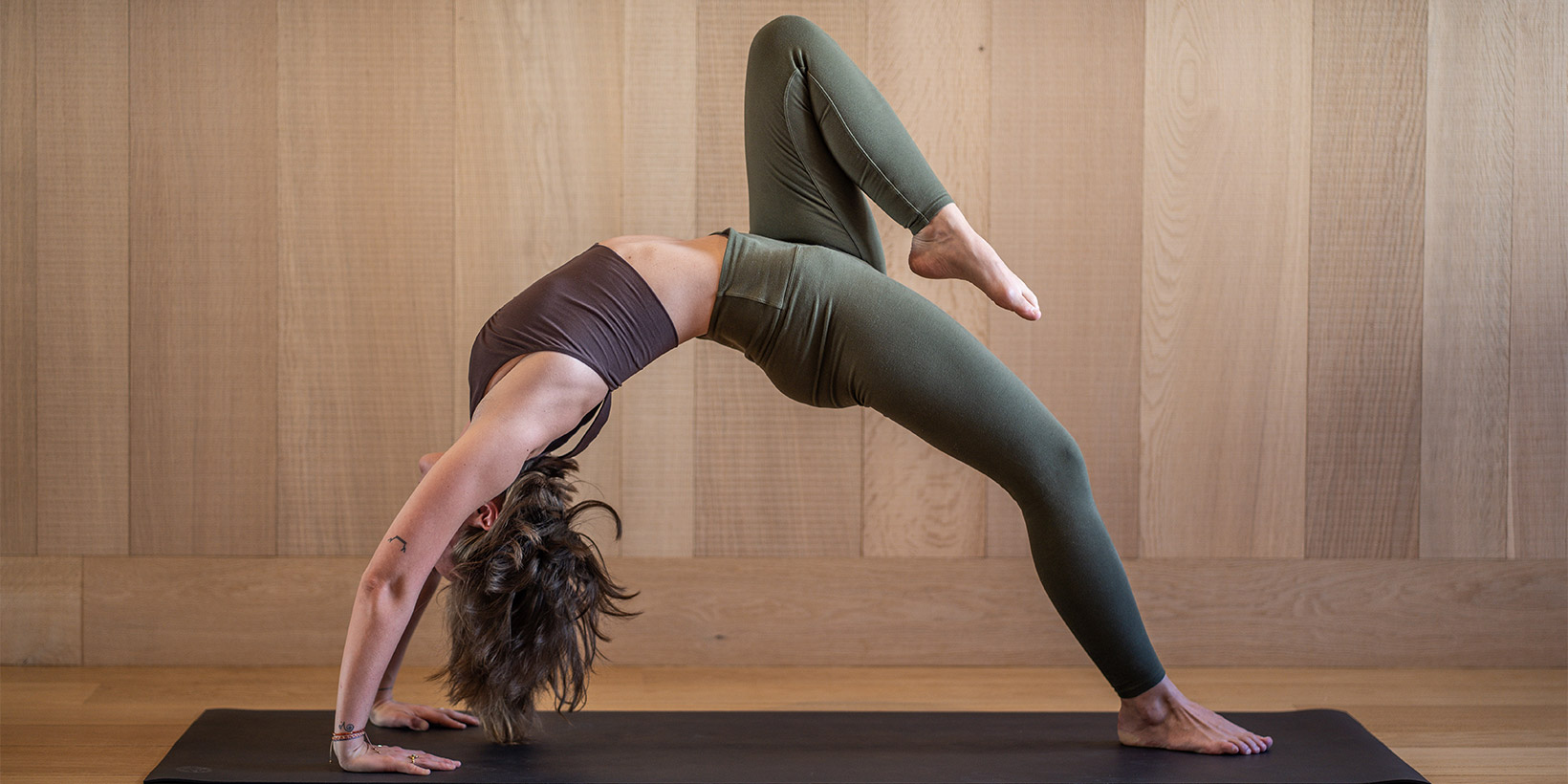
How to Incorporate Yogis Requests into Your Yoga Class
As a yoga teacher, you likely put a lot of time and thought into writing sequences for your classes. You might teach the class from memory, or you might teach with a notebook nearby to reference in case you lose your place, to remind ourselves of specific cues that can help yogis access a particularly difficult pose, or even to offer alternatives for poses that may not be in every yogi's practice.
Whether you are new to teaching yoga or you are a seasoned professional, the desire to stick to your planned sequence is normal. But if you are interested in challenging yourself while increasing the engagement of your yogis, taking requests at the beginning of class can be a win-win. So, how do we actually go about incorporating yogi requests into our flow class?
First, Set the Tone
Just as people may be hesitant to raise their hand in a classroom environment, yogis in your yoga class may also be hesitant at first to speak up and make a request in the yoga studio. To help your yogis feel more comfortable making requests, you can set the tone by giving parameters, such as asking people to raise their hand or encouraging them to shout out areas of tension they would like to work on. You might also choose to list several common areas of tension aloud, such as saying, “low back,” “hips,” or “neck,” and asking your yogis to raise their hand to gauge interest in each area. Once you have polled the class, you can then select one or two of the areas that received the most votes.
Another way to support a particularly quiet or shy group of yogis is by placing a pen and piece of paper by each yogi’s mat as they enter the room and asking them to write down any area or areas they would like to focus on in today’s flow, then place their completed paper on your mat prior to the start of class.
Remember, different strategies work for different audiences. A room full of strangers or first time yogis may be more hesitant to speak up than a class full of regular attendees who know each other well!
The ones who love your classes will return, and the ones who are looking for something different will find something different, and that is perfectly okay!
Come Prepared
In order to incorporate yogis’ requests naturally into our sequence, it is easiest to have some poses in your back pocket to pull from. It is a good idea to have a list of poses that serve as great options for common requests such as hip-opening poses, poses that address neck tension, balancing poses, and the like.
You may choose to make a list in a notebook with the names of various poses under the headline of each target area, such as writing, “seated spinal twist, child’s pose, standing forward fold” under the heading “lower back.” If you are a good artist, instead of writing the names of poses, you may choose to make a small sketch of each pose under a headline of the area that it serves to quickly glance at during your class. If, like me, you are not as good at drawing as you would like, but you still benefit from visuals, you may choose to print resources from the web that include a picture of various poses for different areas.
If a yogi makes a request that you have not considered and do not have an idea for, it is okay if you are unable to fit it into the flow. A typical flow class aims to turn the spine in every direction and work the full body, so even if you don’t emphasize a particular area of need, it is likely that your sequence will have included the area they’ve requested to some degree.
Have an Adequate Understanding of Anatomy
Even though yoga teachers are not expected to know the name of every muscle and ligament by heart, most yoga teacher trainings include lessons in basic anatomy in order to support a functional understanding of the body. It is important to know how different areas of the body are connected to each other in order to best meet yogis’ needs and requests. For example, if a yogi would like to loosen her neck, we know that in order to more effectively accomplish this we may also need to focus on lowering and relaxing the shoulders, loosening the jaw, and so on.
On the reference page that you make for yourself, be sure to include some notes on various areas of the body that are related to the areas the yogi has requested. For example, if a yogi has made a request to focus on loosening the hips, you may also want to incorporate some hamstring stretches as well as standing and seated hip openers to reach different areas of the hip joint, such as Crescent Warrior, Pigeon, and Seated Figure 4.

Ask for Feedback
Once you close out the class, you may decide to include an invitation for yogis to share feedback if they’d like. In your closing statement, you might say something like, “Thank you all for coming and sharing this space with me today. I enjoyed leading you through our flow class. If you have any feedback or questions, I invite you to come up and share them before heading on your way.”
You may have a certain feeling about how well you feel that you lead the class, but there is so much more insight to gain in hearing from yogis about their experiences during the class.
Remember, You Can’t Please Everyone
Even if you feel like you knocked a class out of the park and were able to naturally incorporate every single yogi’s request into the flow, you may still not be able to please everyone. Each yogi has their own opinions, needs, and expectations for a yoga class with regard to everything from the temperature of the room to the genre and volume of music playing to yes, your interpretation and execution of their requests.
It can be natural to feel defeated if a yogi shares that they were really hoping for XYZ in today’s class or when reading a less-than-stellar review online about your teaching style. But the important thing to remember is that you have shown up, led with intention, and no matter how hard you try, you will not be able to meet all of the diverse needs or interests of every yogi in the room. The ones who love your classes will return, and the ones who are looking for something different will find something different, and that is perfectly okay!
I hope this article helps you feel empowered to try incorporating yogi requests into your yoga classes. Trying something new can be intimidating, but remember that practice is essential for growth, and if you never try, you’ll never learn and grow!






